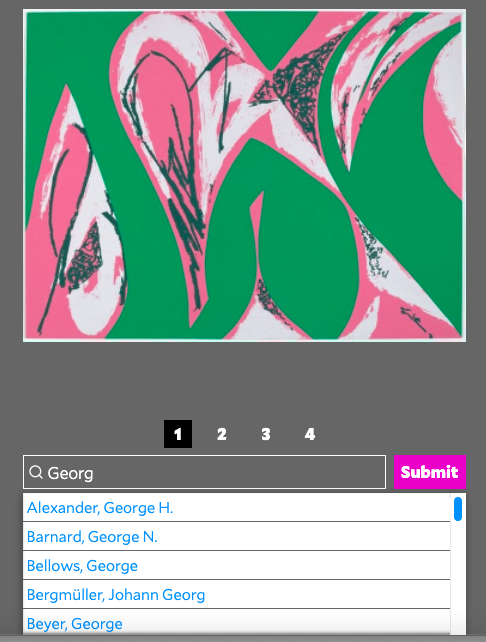When the World Wide Web made its public debut in the early nineteen-nineties, it fascinated many and struck some as revolutionary, but the idea of watching a film online would still have sounded like sheer fantasy. Yet on May 23rd, 1993, reported the New York Times’ John Markoff, “a small audience scattered among a few dozen computer laboratories gathered” to “watch the first movie to be transmitted on the Internet — the global computer network that connects millions of scientists and academic researchers and hitherto has been a medium for swapping research notes and an occasional still image.”
That explanation speaks volumes about how life online was perceived by the average New York Times reader three decades ago. But it was hardly the average New York Times reader who tuned into the internet’s very first film screening, whose feature presentation was Wax or the Discovery of Television Among the Bees. Completed in 1991 by artist David Blair, this hybrid fiction and essay-film offered to its viewers what Times critic Stephen Holden called “a multi-generational family saga as it might be imagined by a cyberpunk novelist. It flashes all the way back to the story of Cain and Abel and the Tower of Babel and forward to the narrator’s own death, birth and rebirth in an act of violence.”
Jacob Maker, the narrator, was once a humble missile-guidance system engineer. But increasing disenchantment with his line of work pushed him into the apiarian arts, in homage to his famous beekeeper grandson Jacob Hive Maker. That the latter is played by William S. Burroughs suggests that Wax has the makings of a “cult classic,” as does the film’s construction, in large part out of found footage, juxtaposed and manipulated into a digital psychedelia. Its narrative — amusing, reference-rich, and bewilderingly complex for an 85-minute runtime — has Jacob mentally overtaken by his own bees, who implant a television into his brain and reprogram him as an assassin.
With Wax, writes Screen Slate’s Sean Benjamin, “Blair laid an extrapolation of La Jetée atop a bedrock of Thomas Pynchon and came out with something closest to early Peter Greenaway — yet ultimately singular.” And on an internet that could only broadcast it “at the dream-like rate of two frames a second” in black-and-white, it must have made for a singular viewing experience indeed. Back then, as Markoff wrote, “digital broadcasting was not yet ready for prime time.”
Today, in our age of streaming, digital broadcasting has displaced prime time, and it feels only proper that we can watch Wax on Youtube, where Blair has uploaded it as part of a larger, ongoing, and not-easily-grasped ongoing digital film project. “There is a sense in which we have all had televisions implanted in our heads,” Holden reflected in 1992. “Who really knows what those endless reruns are doing to us?” Even now, the internet has only just begun to transform not just how we watch movies, but how we communicate, conduct our daily lives, and even think. We can all see something of ourselves in Jacob Maker — and on today’s internet, we can see it much more clearly.
Related content:
The Very First Webcam Was Invented to Keep an Eye on a Coffee Pot at Cambridge University
Darwin: A 1993 Film by Peter Greenaway
Mesmerizing Timelapse Film Captures the Wonder of Bees Being Born
The First Music Streaming Service Was Invented in 1881: Discover the Théâtrophone
4,000+ Free Movies Online: Great Classics, Indies, Noir, Westerns, Documentaries & More
Based in Seoul, Colin Marshall writes and broadcasts on cities, language, and culture. His projects include the Substack newsletter Books on Cities, the book The Stateless City: a Walk through 21st-Century Los Angeles and the video series The City in Cinema. Follow him on Twitter at @colinmarshall, on Facebook, or on Instagram.










